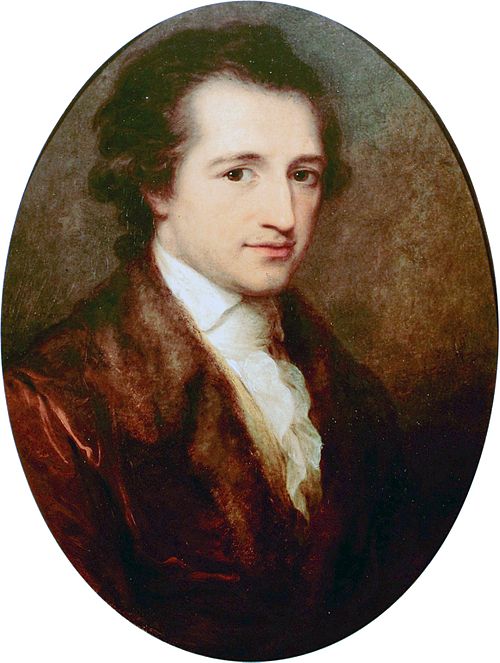|
Listen to or download this article:
|
V.C. Andrews was trapped in an attic
And she created worlds of gothic horror
The gothic horror and paranormal fiction that V.C. Andrews pioneered continues to captivate readers today—and at Chanticleer, we know exactly what makes these dark, atmospheric stories work. That’s why our Shelley Awards (named for Mary Shelley, the Mother of Horror) celebrate the best in paranormal and horror fiction each year.

V.C. Andrews, born Cleo Virginia Andrews on June 6, 1923 in Portsmouth, VA, faced a secluded life in her parent’s home, but that didn’t stop her from creating several series with unique characters and plots that will keep you up at night.
From Personal Struggle to Gothic Masterpiece
Flowers in the Attic by V.C. Andrews follows the lives of four children whose mother kept them imprisoned in an attic for years in order to collect an inheritance. Released in 1979, it became an instant sensation and led her to write four more books in the Dollanganger Family Series. Its dark themes of family strife and isolation reflected a similar scenario playing out in Andrews’ own life, and she used her experience to speak through the character Cathy Dollanganger, who narrates the story.

The dark tale of children kept locked away in an attic somewhat mirrored Andrews’ own life. Born the youngest child and only daughter of three children, she suffered a devastating fall from a stairwell at school as a teen. The accident required several surgeries and resulted in crippling arthritis that left her wheelchair bound and in the care of her mother for much of her life. Just as with many children, that close relationship with her emotionally distant mother, even as she fully supported her daughter’s writing career, proved difficult at times and, when her father passed away in 1957, Andrews used the commissions from her art sales to support her family.

The Fast-Paced Formula That Hooked Millions
Later in life, Andrews turned to writing, beginning with a science fiction novel in 1972 titled Gods of Green Mountain, which was published posthumously in 2004 as an ebook. In 1975, Andrews completed the manuscript for Flowers in the Attic in two weeks, only to have the novel returned with a note to “spice up” and expand the story. Published in 1979, it was an instant success, reaching the top of the bestseller lists in just two weeks. Andrews published a new novel every year after that, earning Andrews larger advances and a growing readership.
“I think I tell a whopping good story. And I don’t drift away from it a great deal into descriptive material,” she stated in Faces of Fear in 1985. “When I read, if a book doesn’t hold my interest in what’s going to happen next, I put it down and don’t finish it. So, I’m not going to let anybody put one of my books down and not finish it. My stuff is a very fast read.”

A Literary Legacy That Defies Death
V.C. Andrews wrote novels that combine Gothic horror and family saga, often revolving around family secrets and forbidden love. Her best-known novel, Flowers in the Attic, was the catalyst to a career that spanned decades, with stories exploring those same themes. Today, her fans have 104 books and 27 series that continue to enthrall readers and inspire Hollywood filmmakers.

After Andrews’s death from breast cancer in 1986, ghostwriter Andrew Neiderman was hired, initially, to complete two unfinished works, Garden of Shadows and Fallen Hearts that were published soon after. It’s these two novels that are considered the last novels to be almost completely written by Andrews herself, but many more books inspired by her writing and written by Neiderman continued to be published. Forty years later, Andrews’ literary legacy continues to grow, inspiring not only the ghostwriter who continues her stories, but also the many readers who have escaped into her world of family drama and isolation—making Andrews one of the most beloved modern horror writers today.

Gothic Art Meets Family Nightmares
When I think of Andrews’ novels, particularly Flowers in the Attic, I’m reminded of the famous artwork, American Gothic by Grant Wood—family dynamics painted with a nod to the type of horror that penetrates and unsettles the family dynamic. Surely, Andrews must have pulled from her own conflicted emotions about her family to create a novel that resonates with the love/hate relationships we all grapple with. — Dena Weigel

Happy Birthday to V.C. Andrews, an author whose legacy in horror extends beyond her life to entertain and unsettle readers for years to come!
Does Your Gothic Horror Deserve the Same Recognition?
The gothic horror and paranormal fiction that V.C. Andrews pioneered continues to captivate readers today—and at Chanticleer, we know exactly what makes these dark, atmospheric stories work. That’s why our Shelley Awards (named for Mary Shelley, the Mother of Horror) celebrate the best in paranormal and horror fiction each year.
If your horror novel carries themes of family secrets, supernatural elements, psychological terror, or gothic atmosphere like Andrews’ masterworks, the Chanticleer International Book Awards (CIBA) Shelley Division wants to discover it. Our judges understand the nuances that separate good horror from unforgettable horror—the kind that keeps readers turning pages late into the night.

You know you want it…
The 2025 Shelley deadline is June 30th—just weeks away! Whether your work explores paranormal romance, supernatural powers, unexplained phenomena, or psychological horror, professional recognition through the Shelley Awards gives your book the credibility boost that social media alone cannot provide.
For suspense and thriller authors, don’t overlook our Clue Awards division, perfect for works that blend mystery with darker elements.
Submit to the Shelley Awards before the June 30th deadline and join the ranks of professionally recognized horror and paranormal fiction.
Check back next week as we’ll be featuring several articles about outstanding paranormal fiction and the authors who master this challenging genre!










Leave A Comment